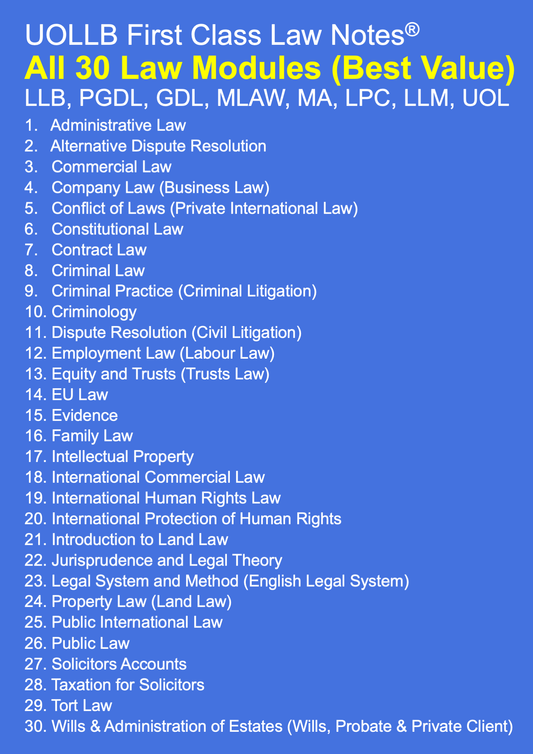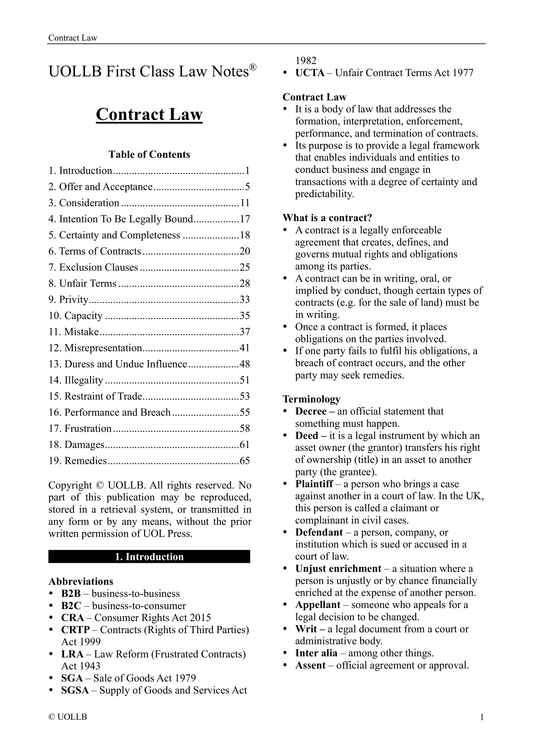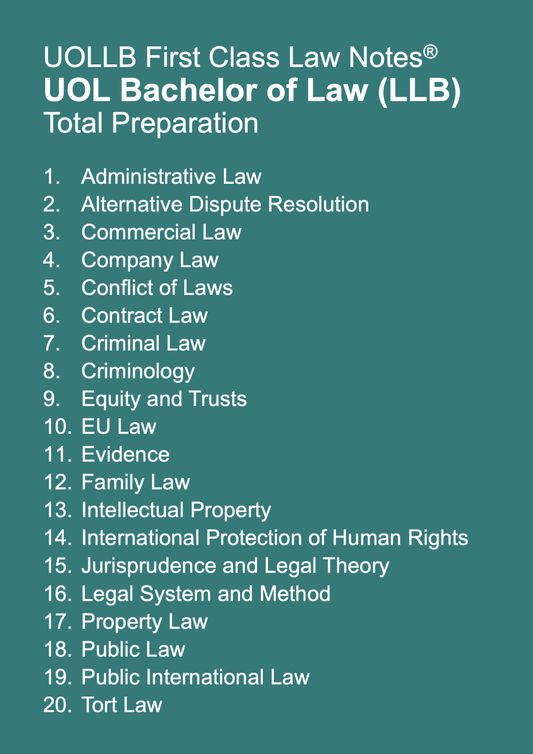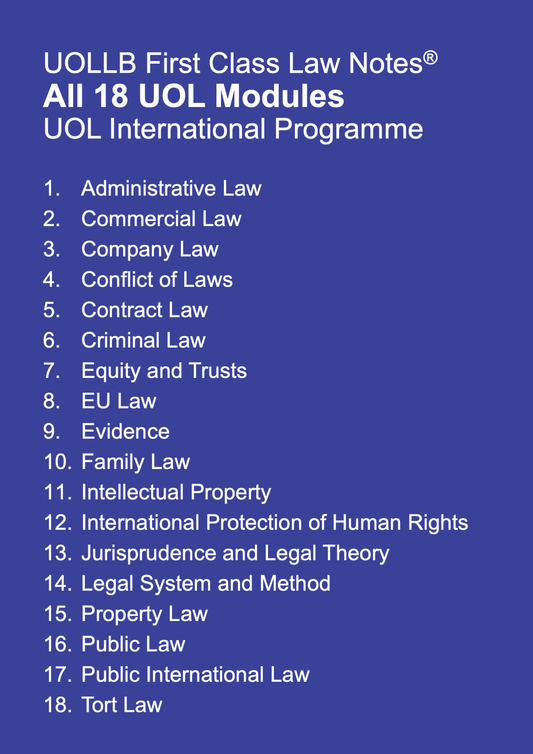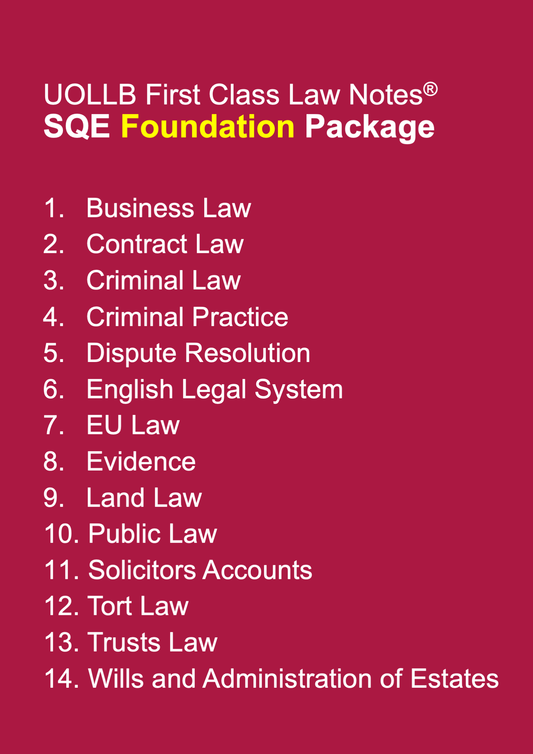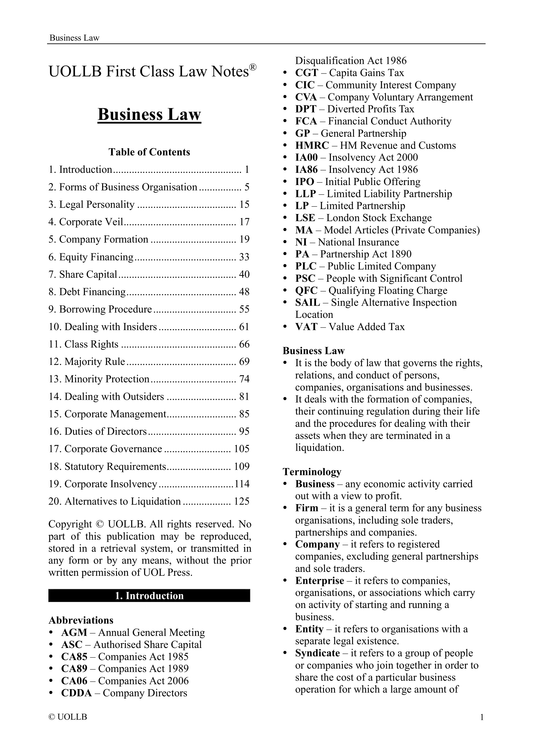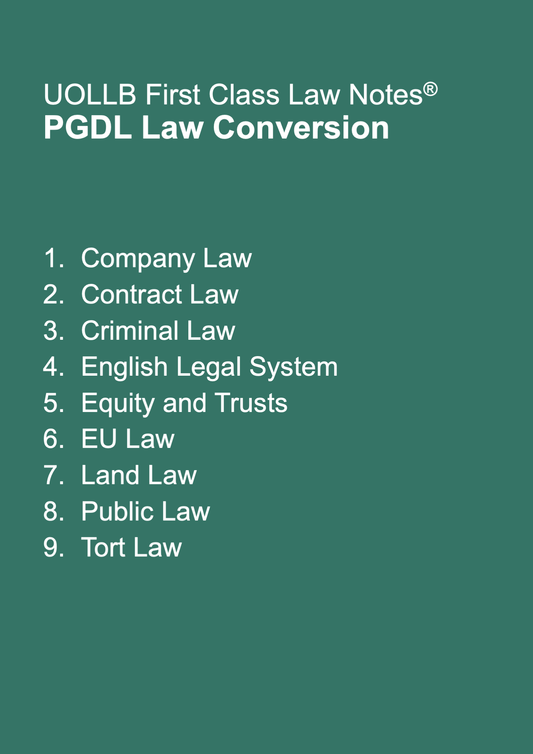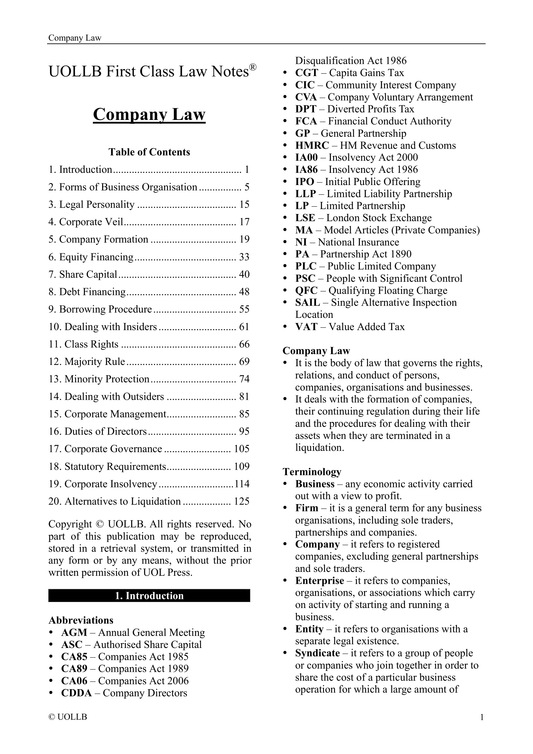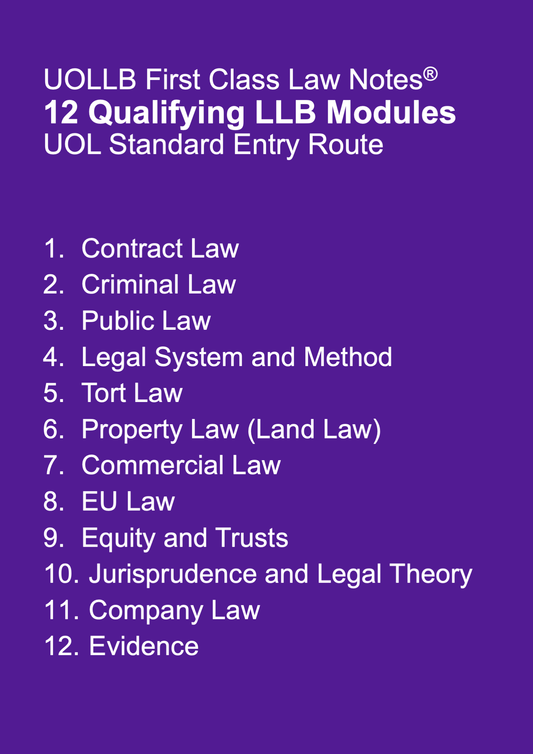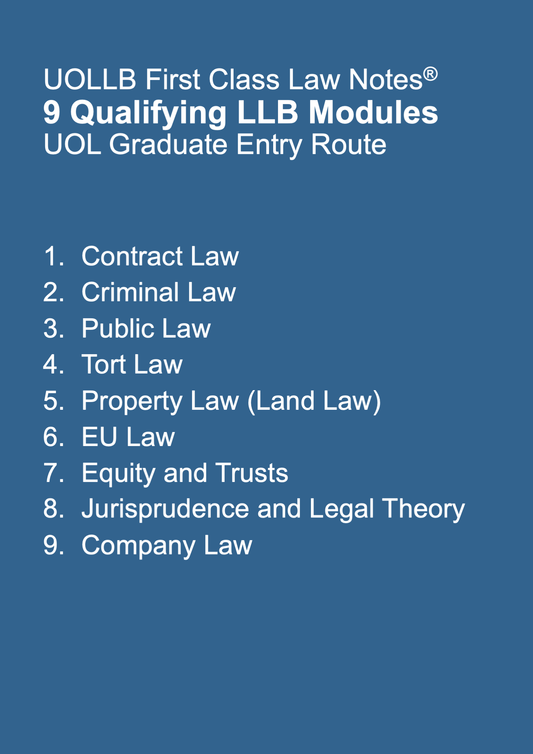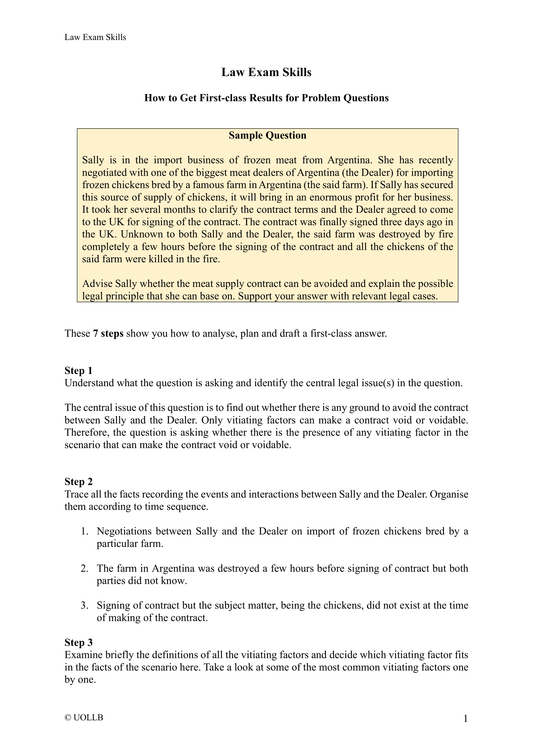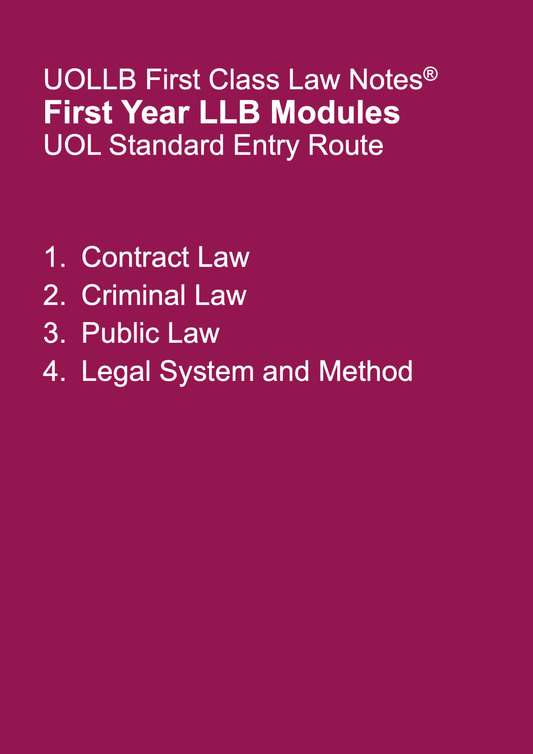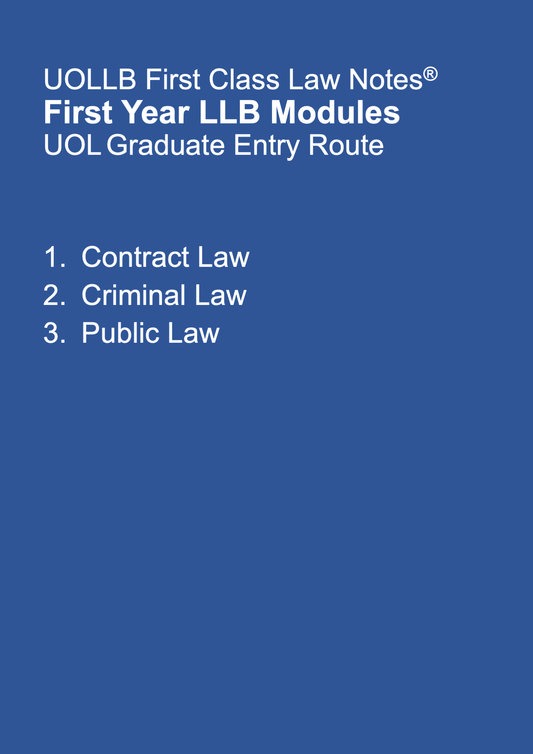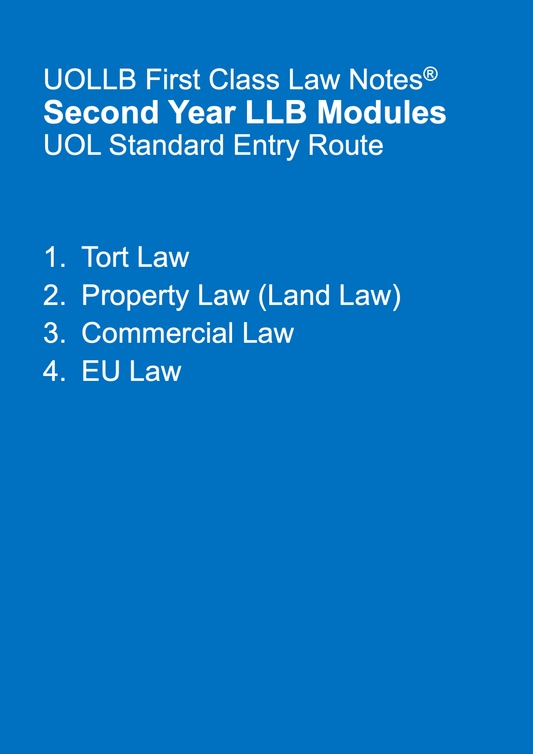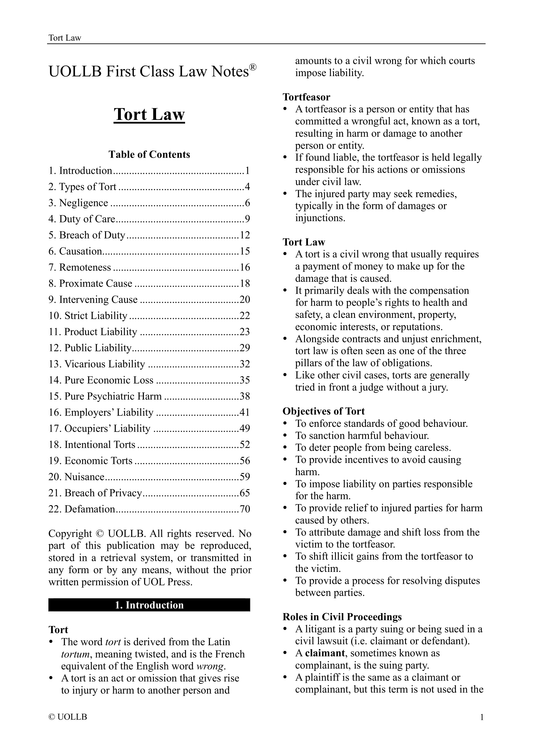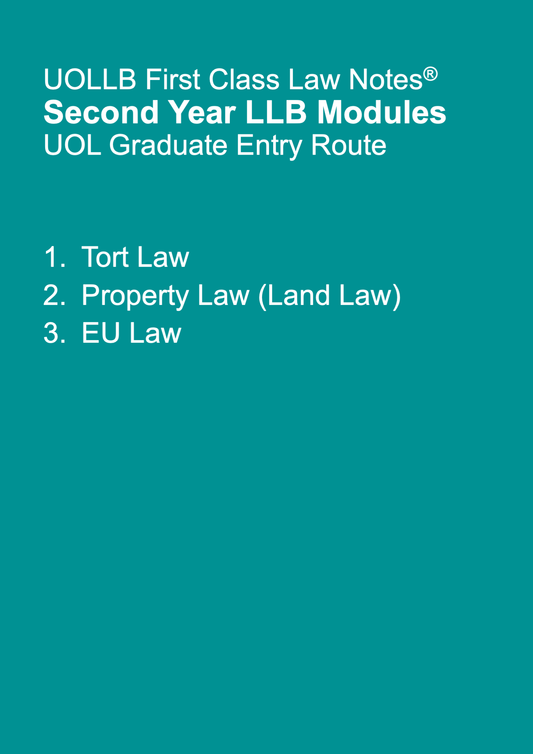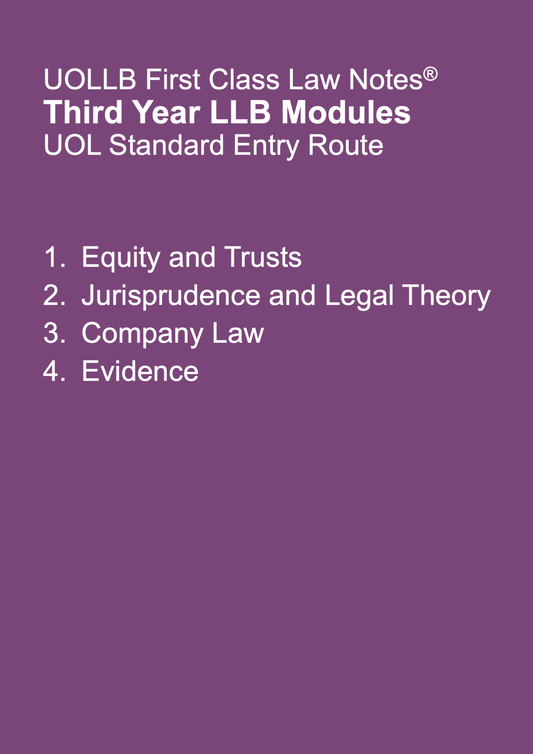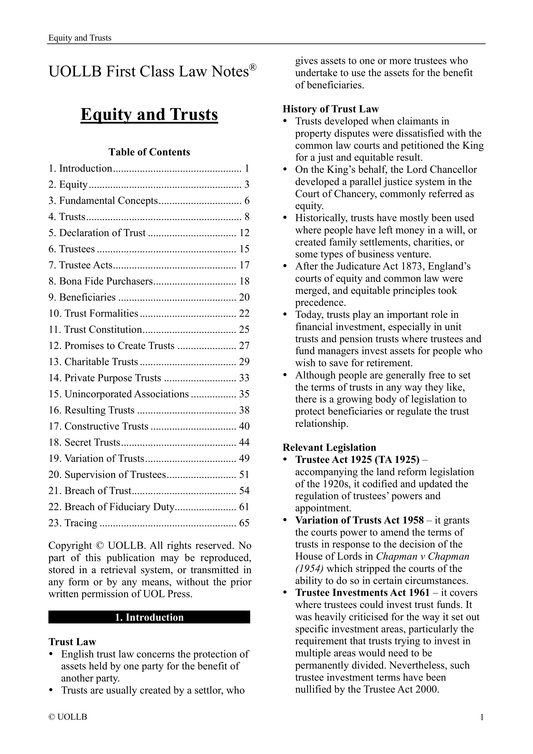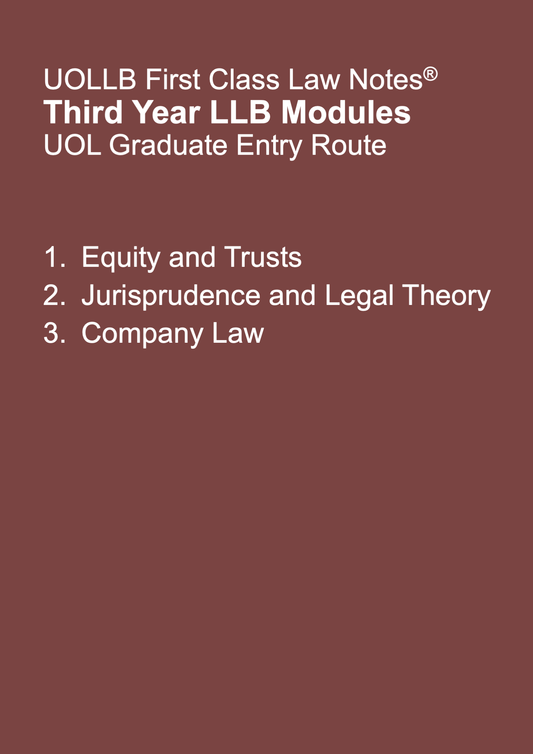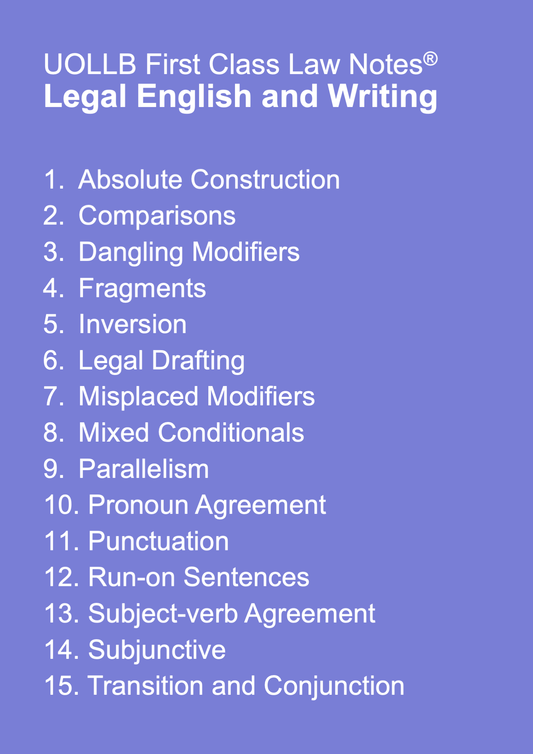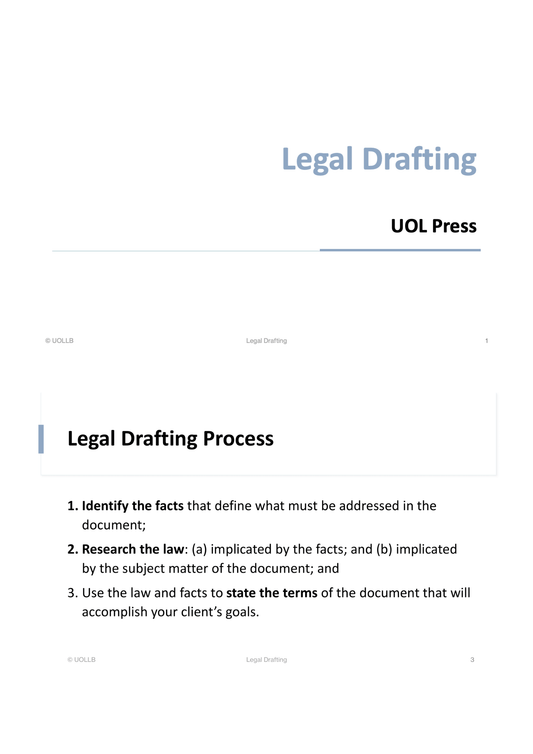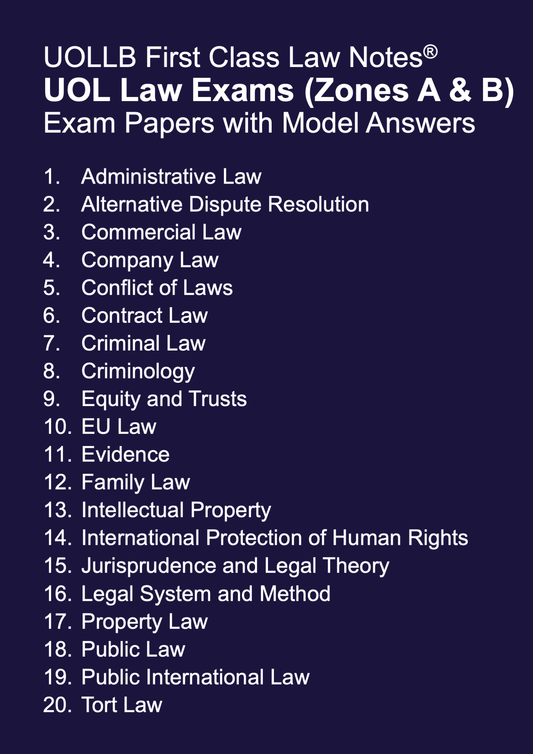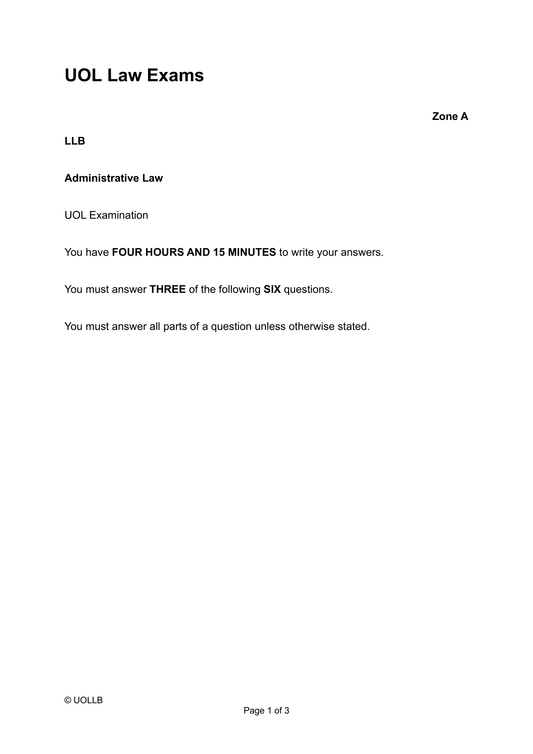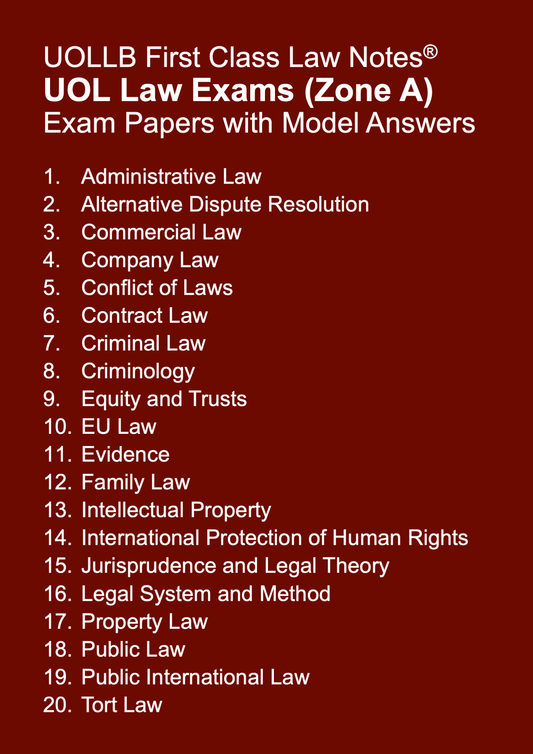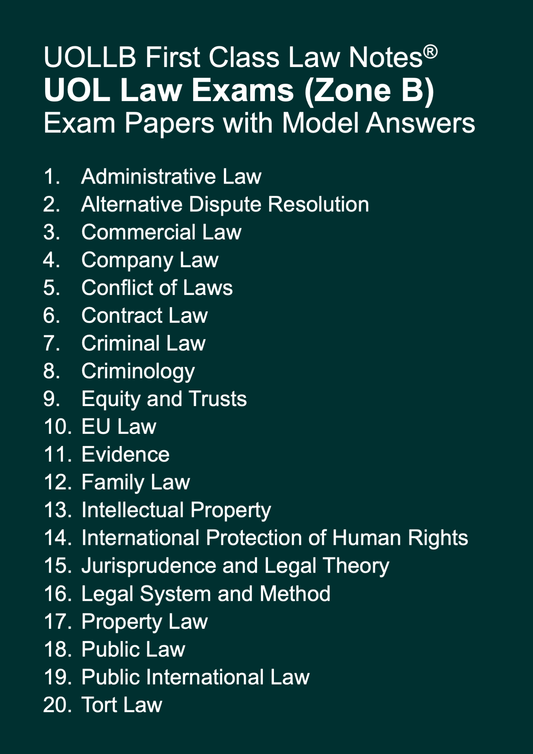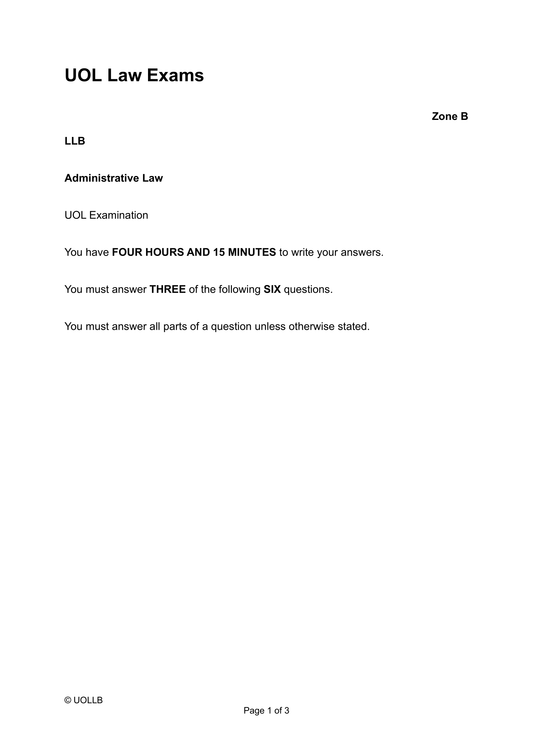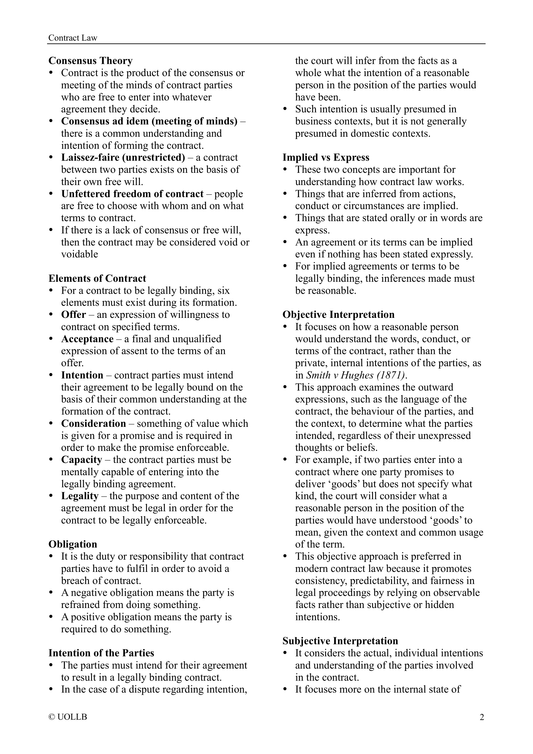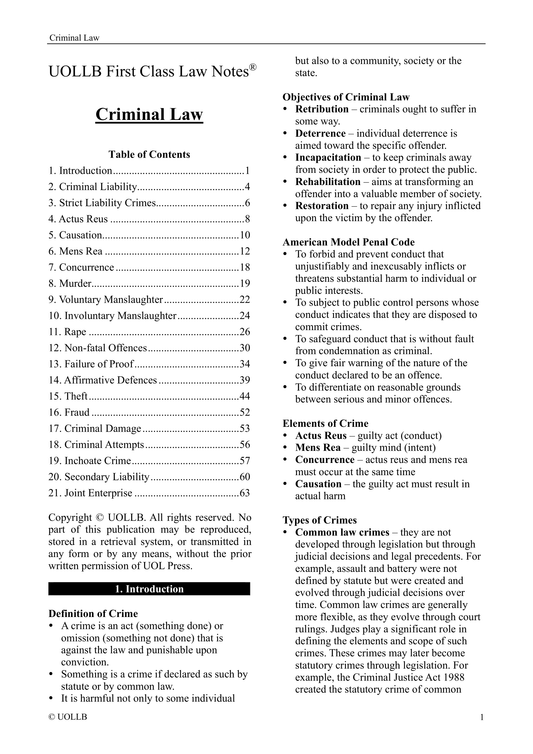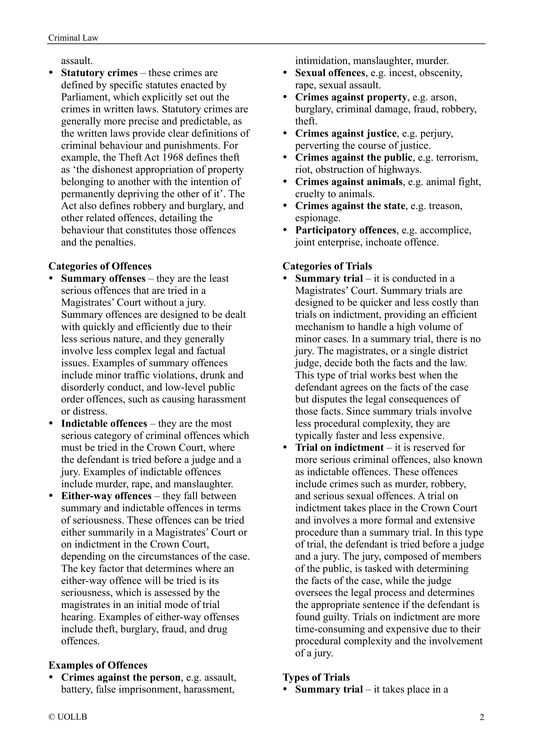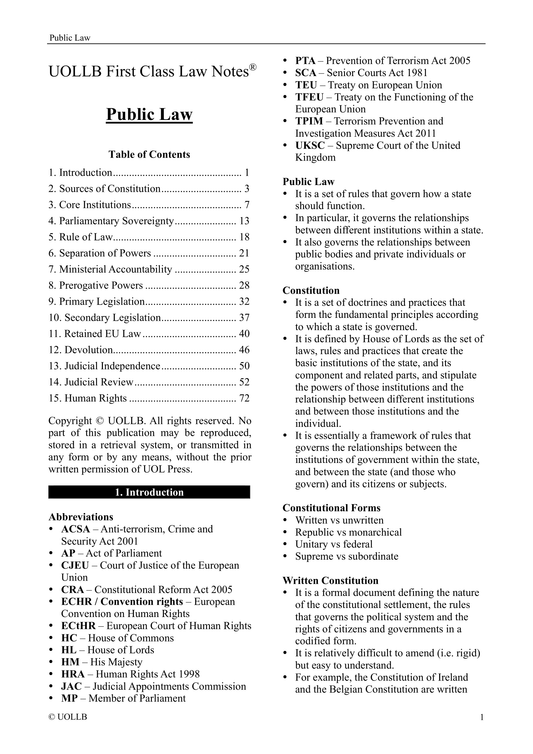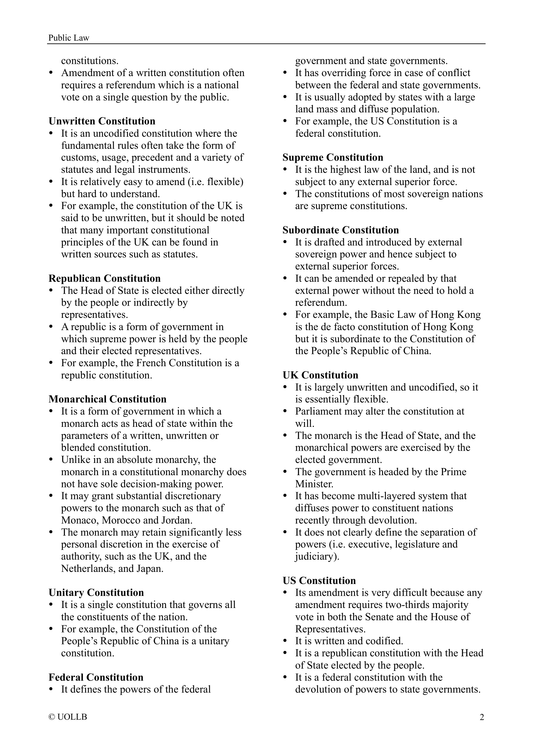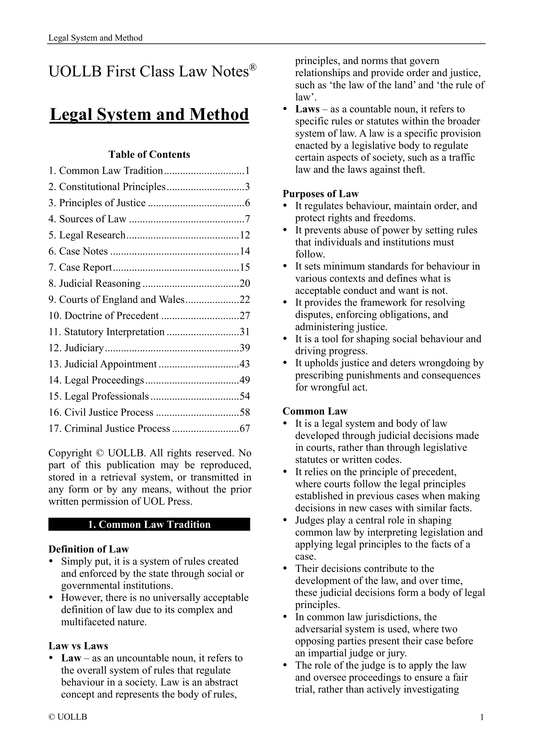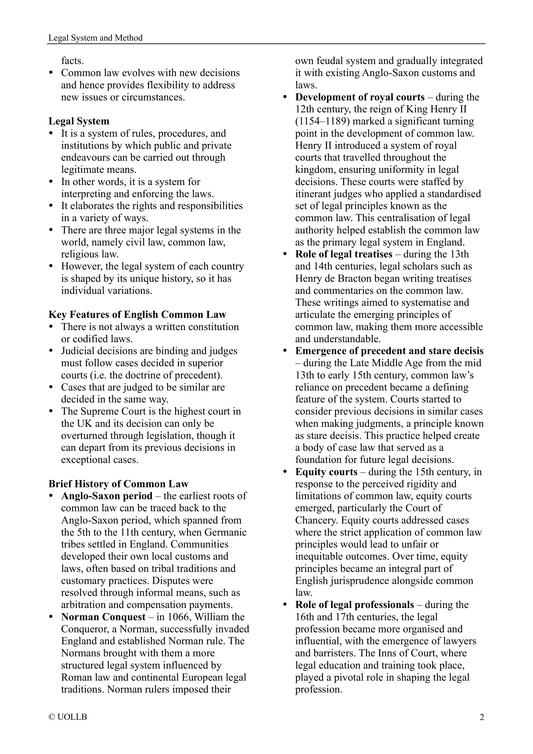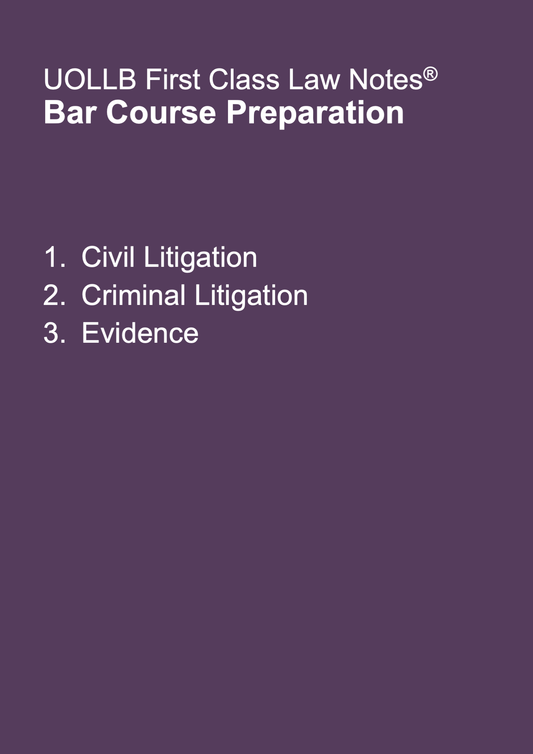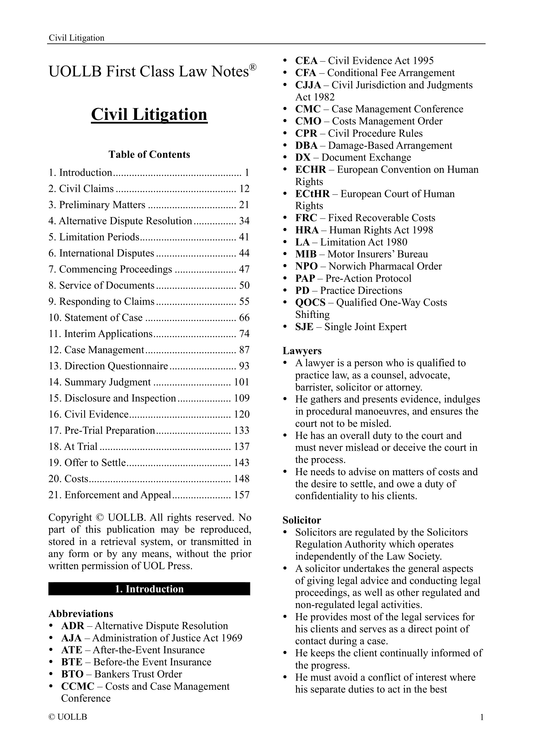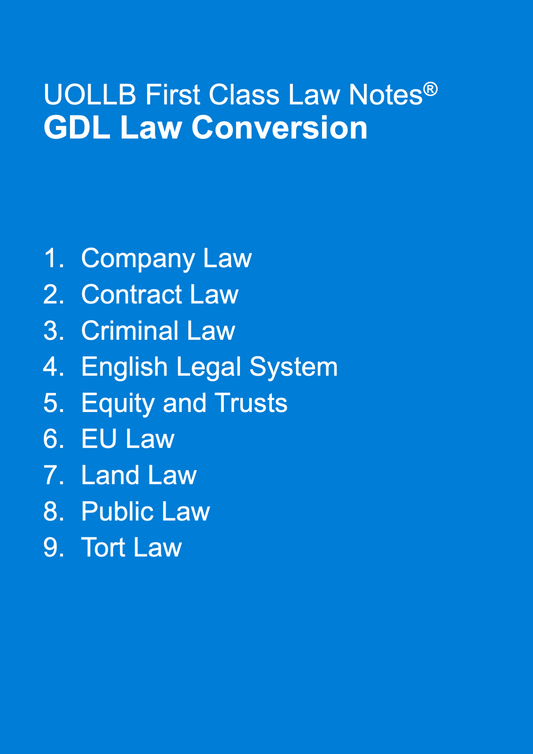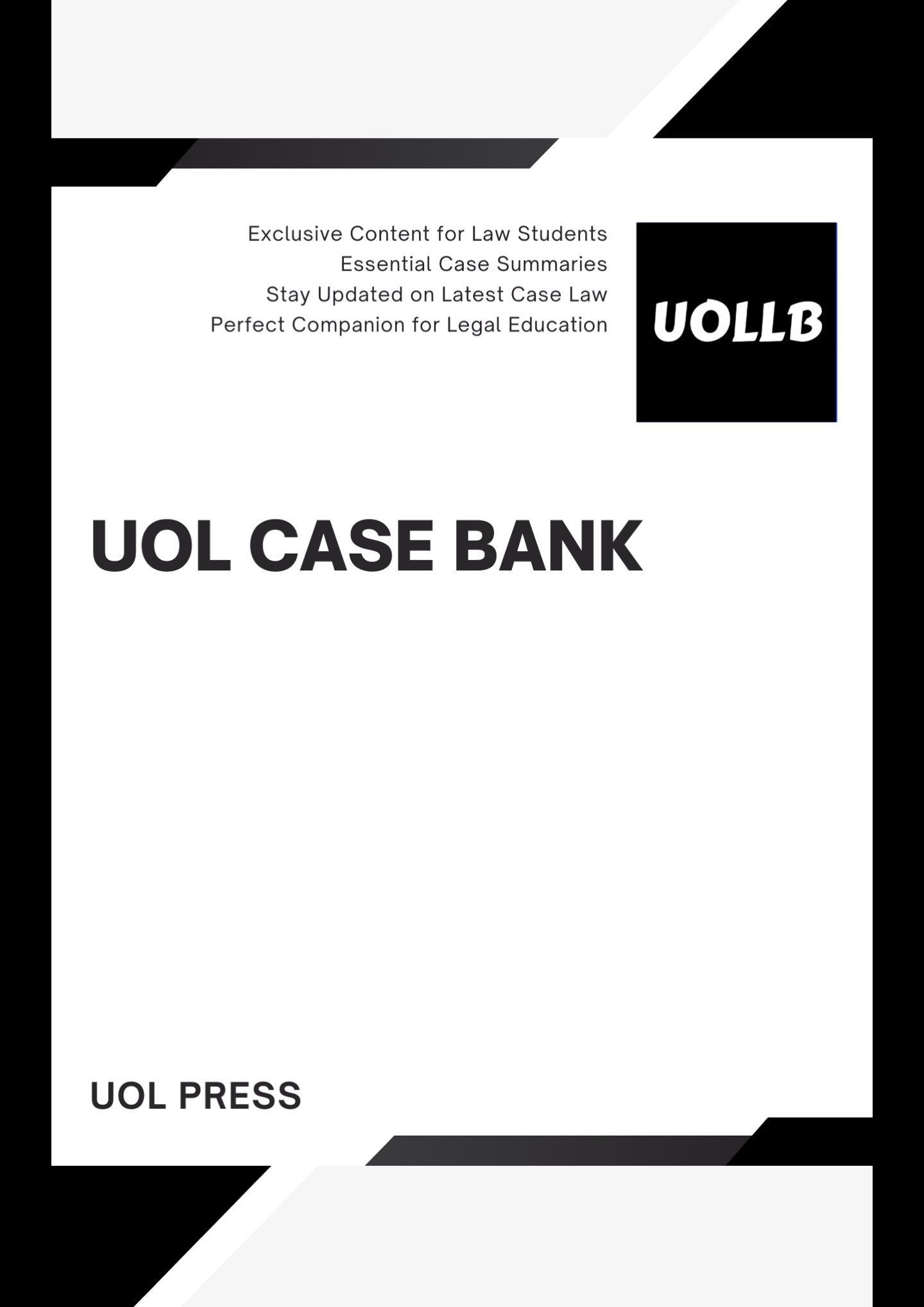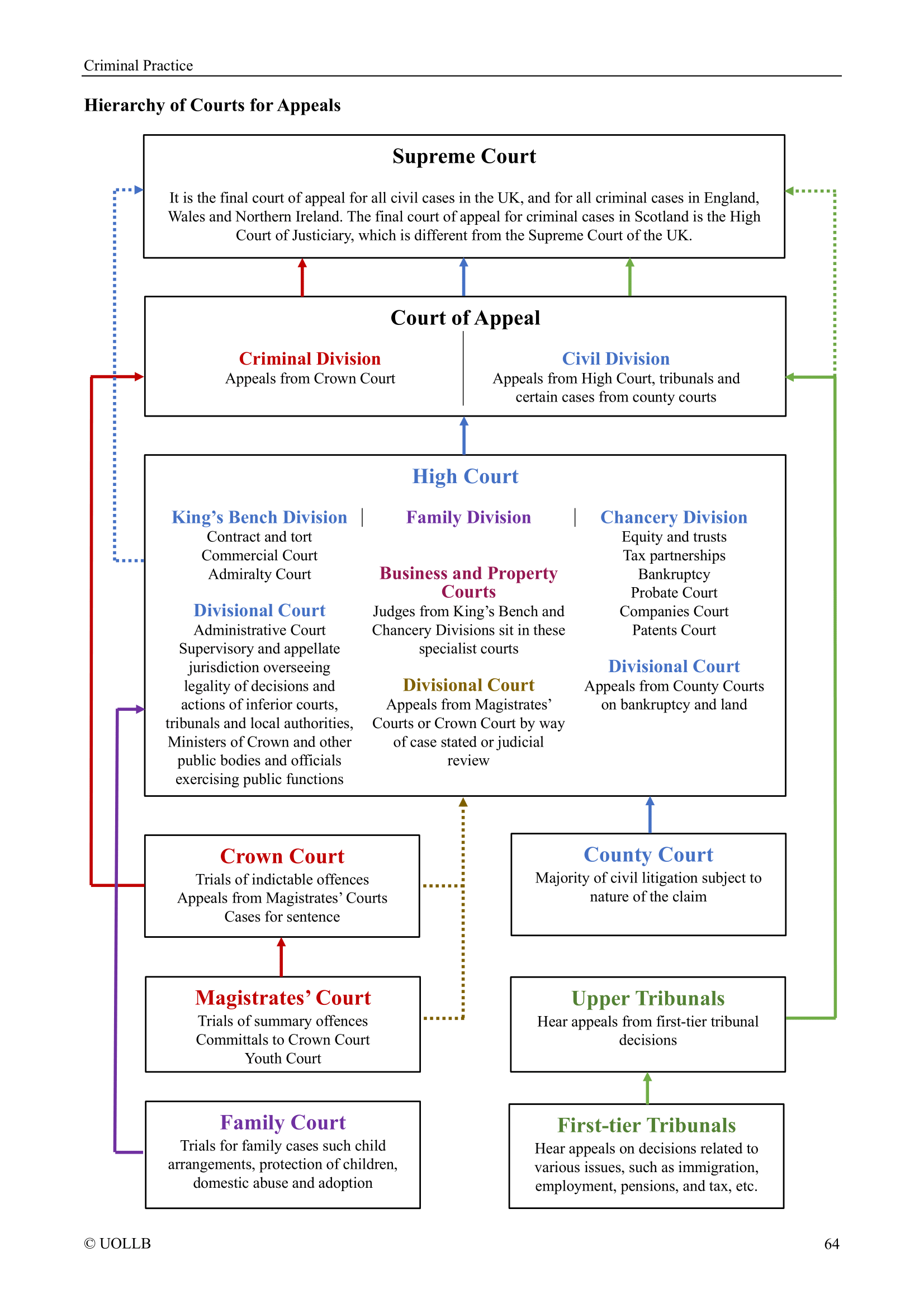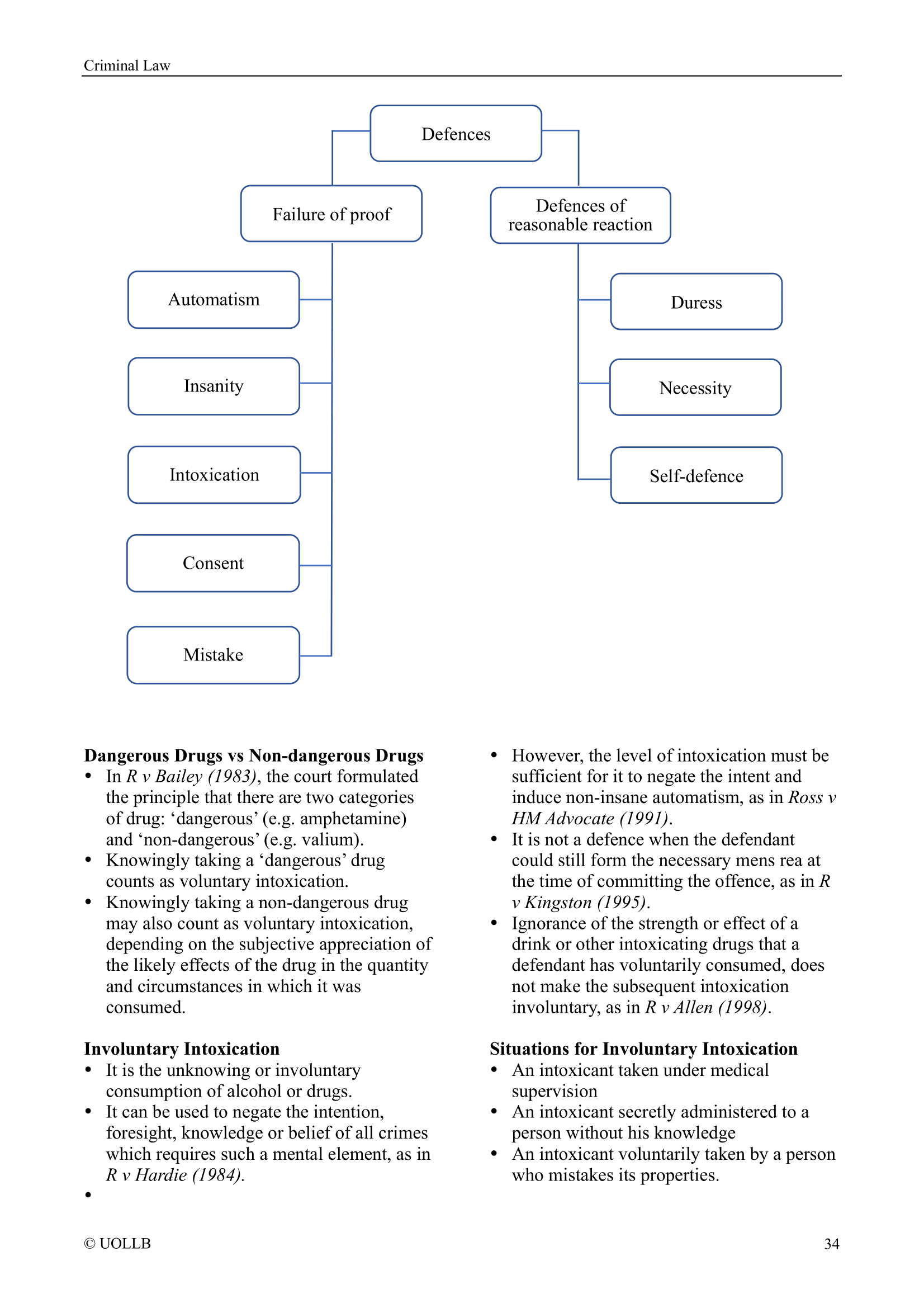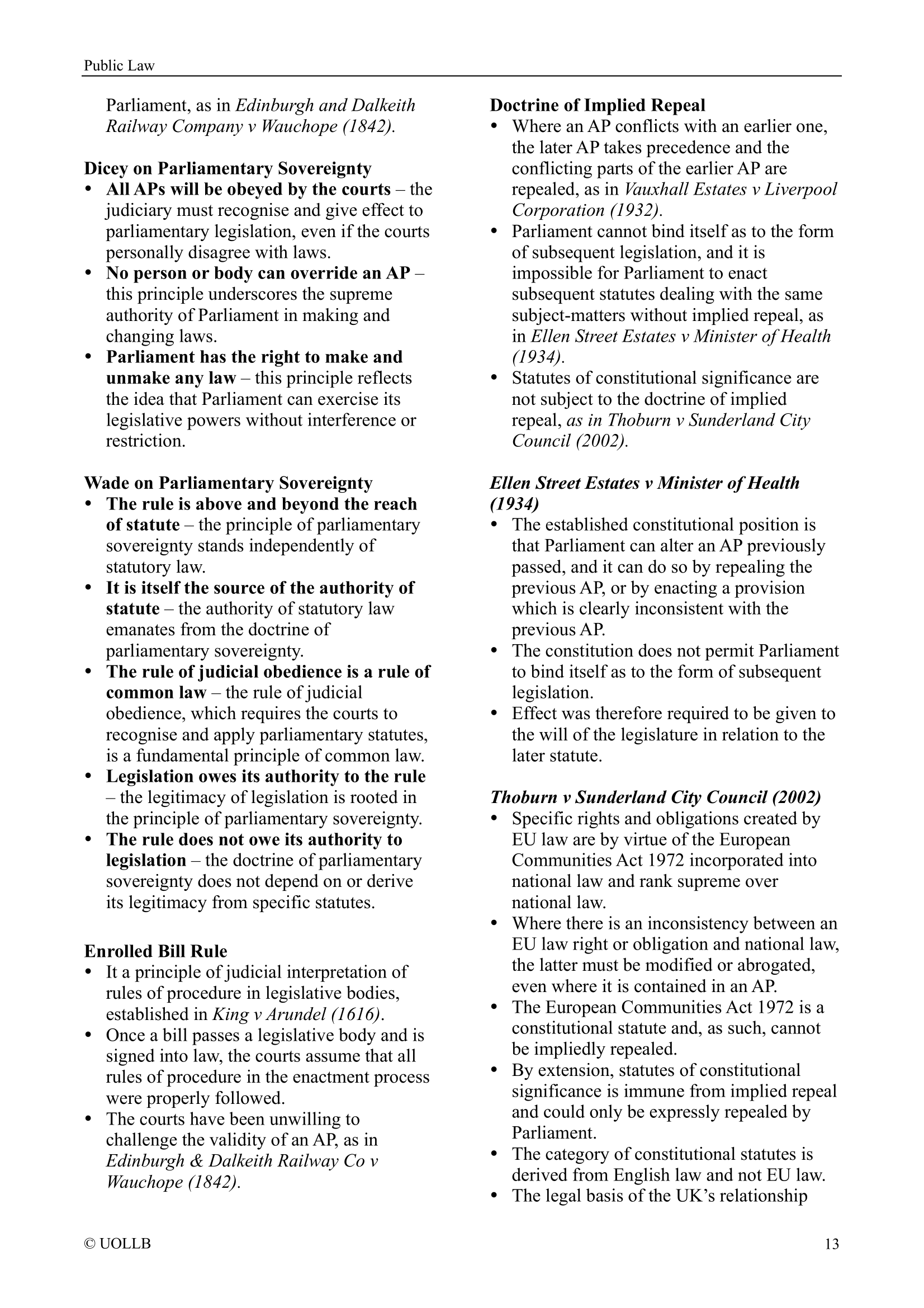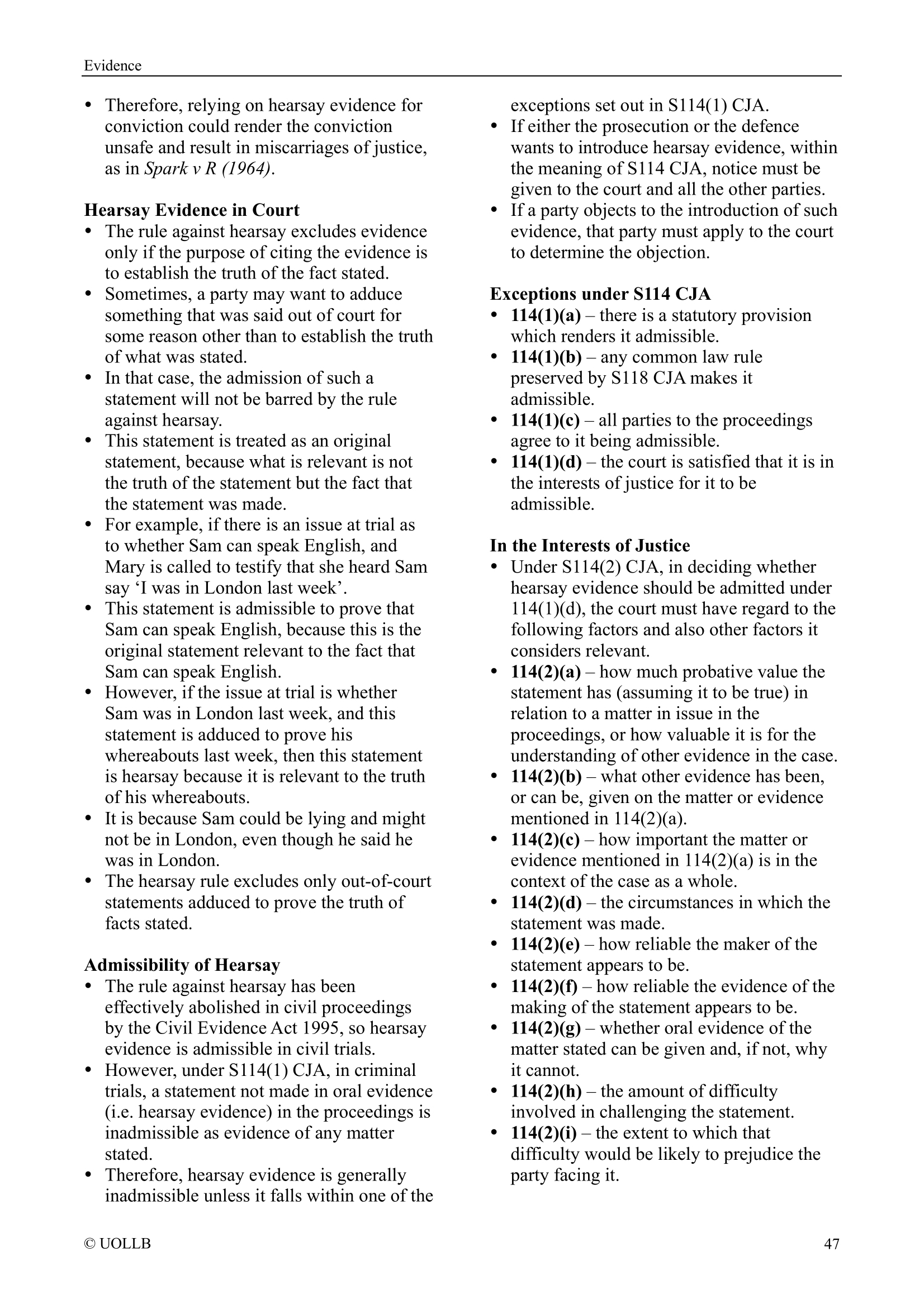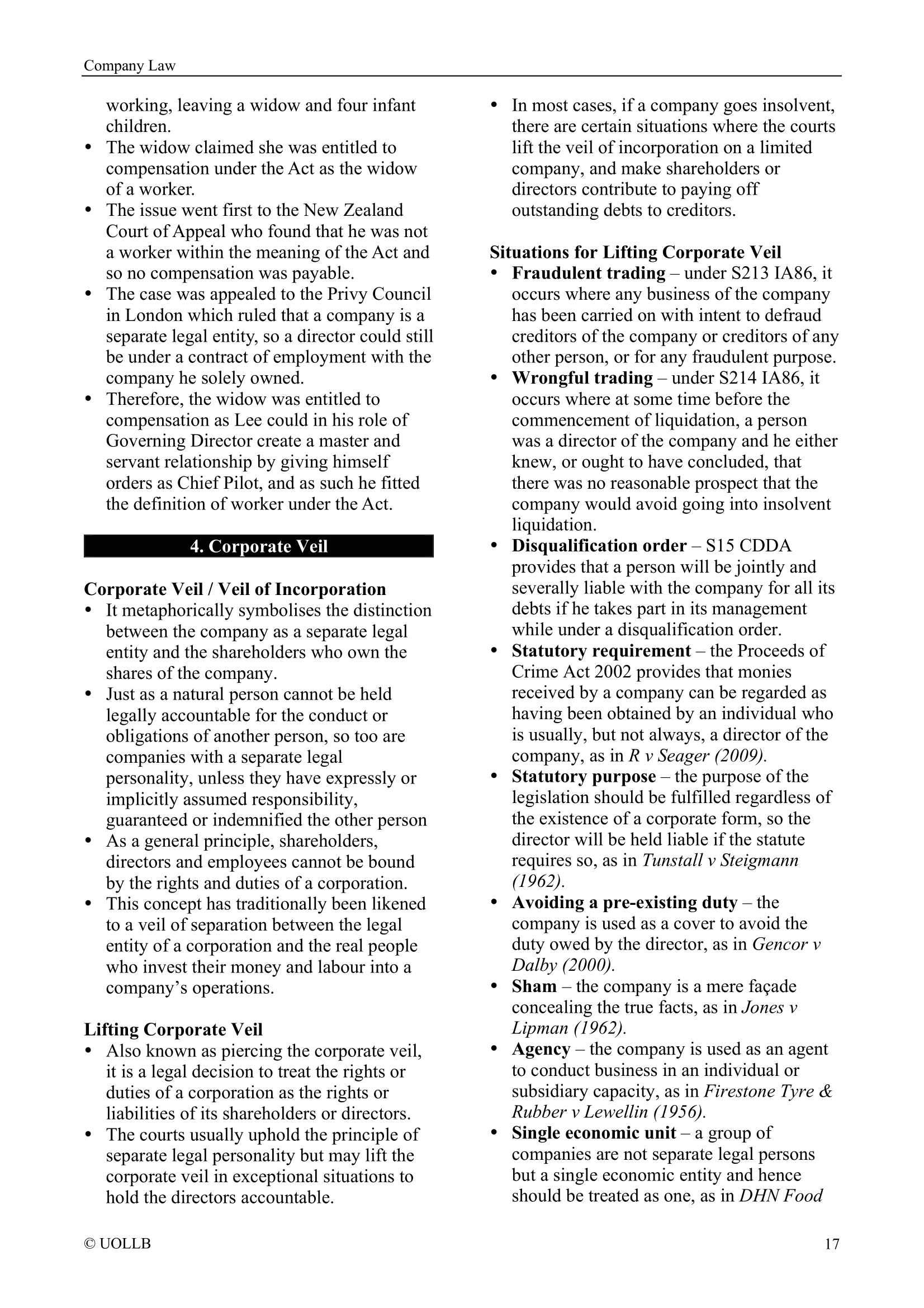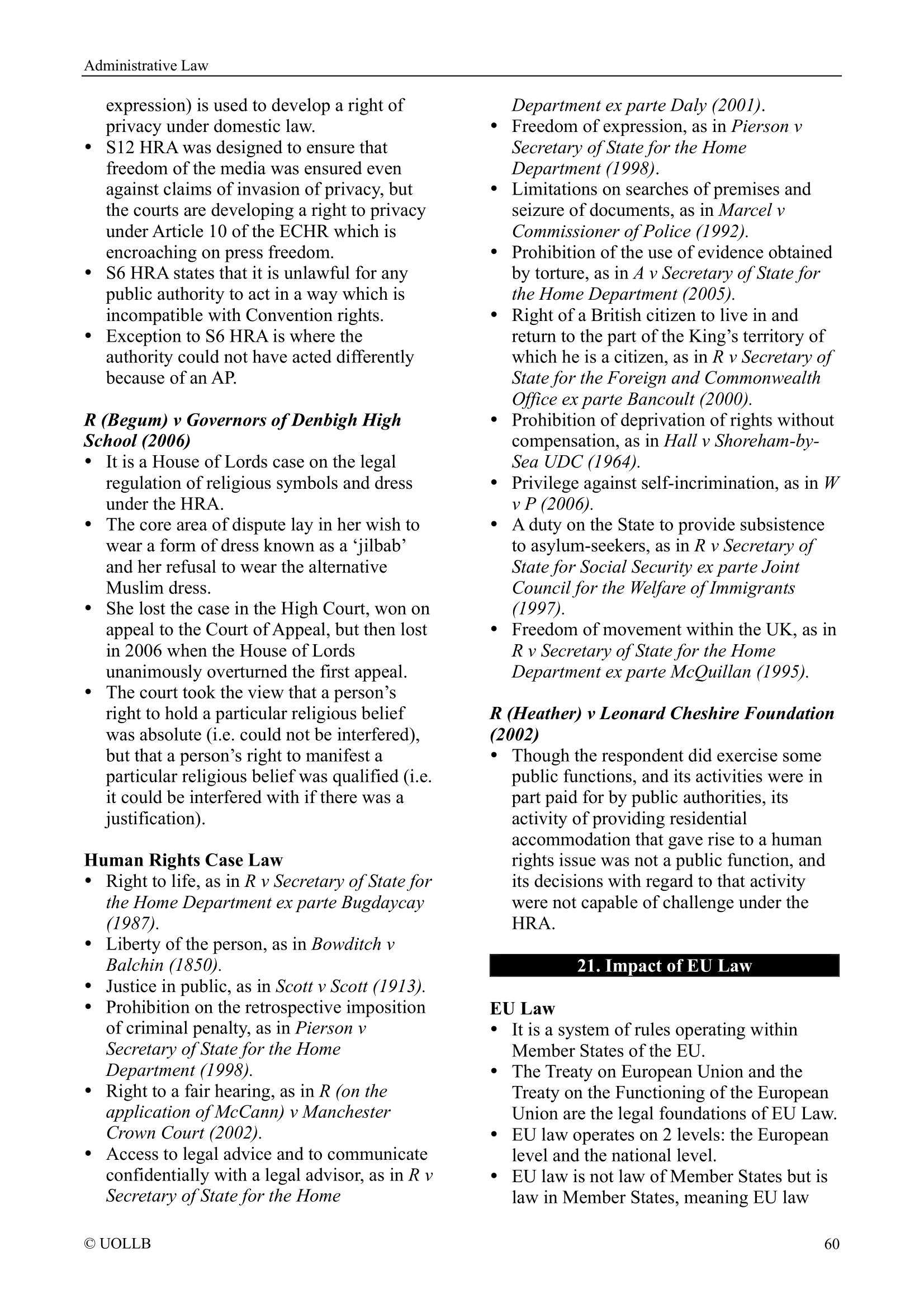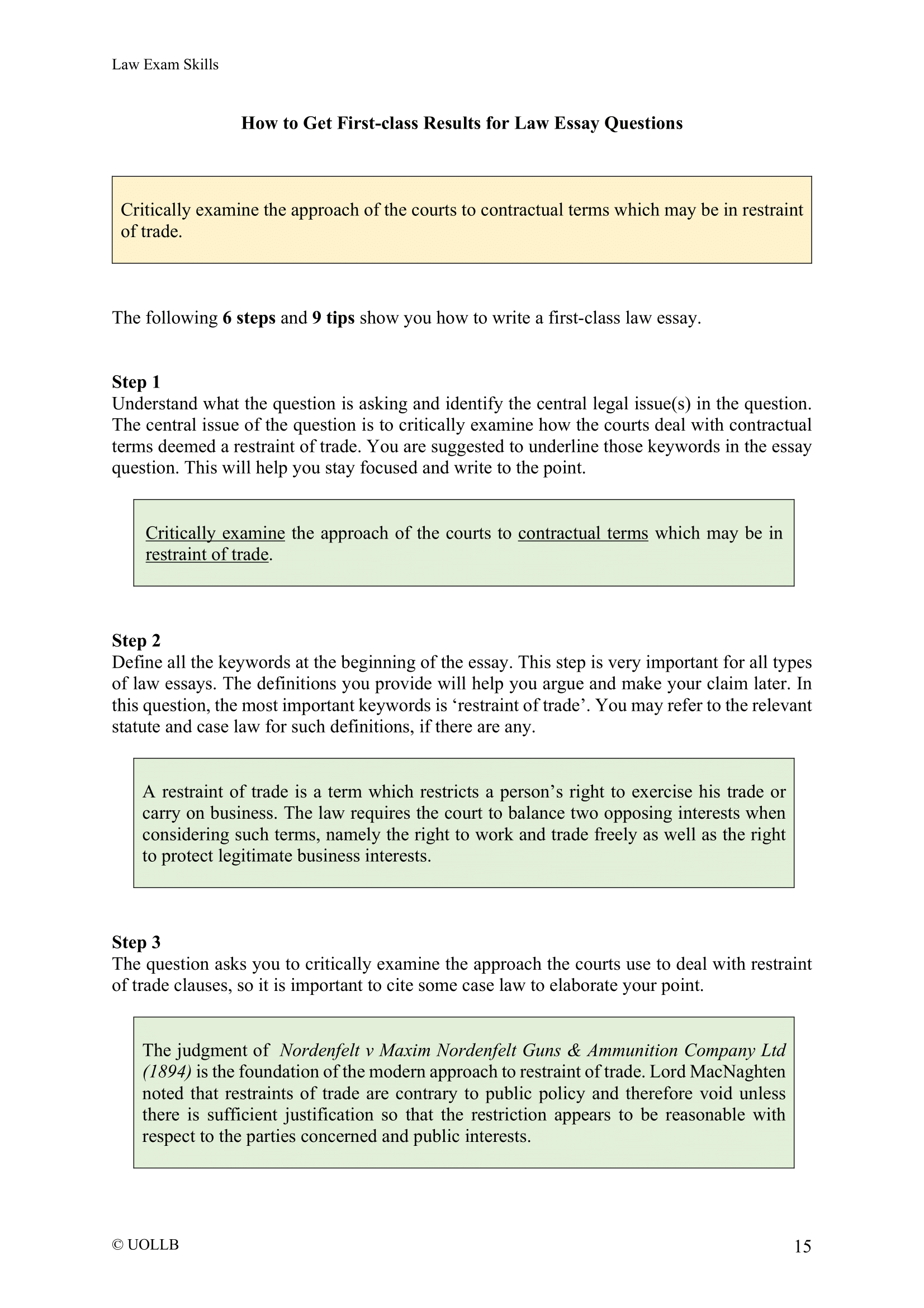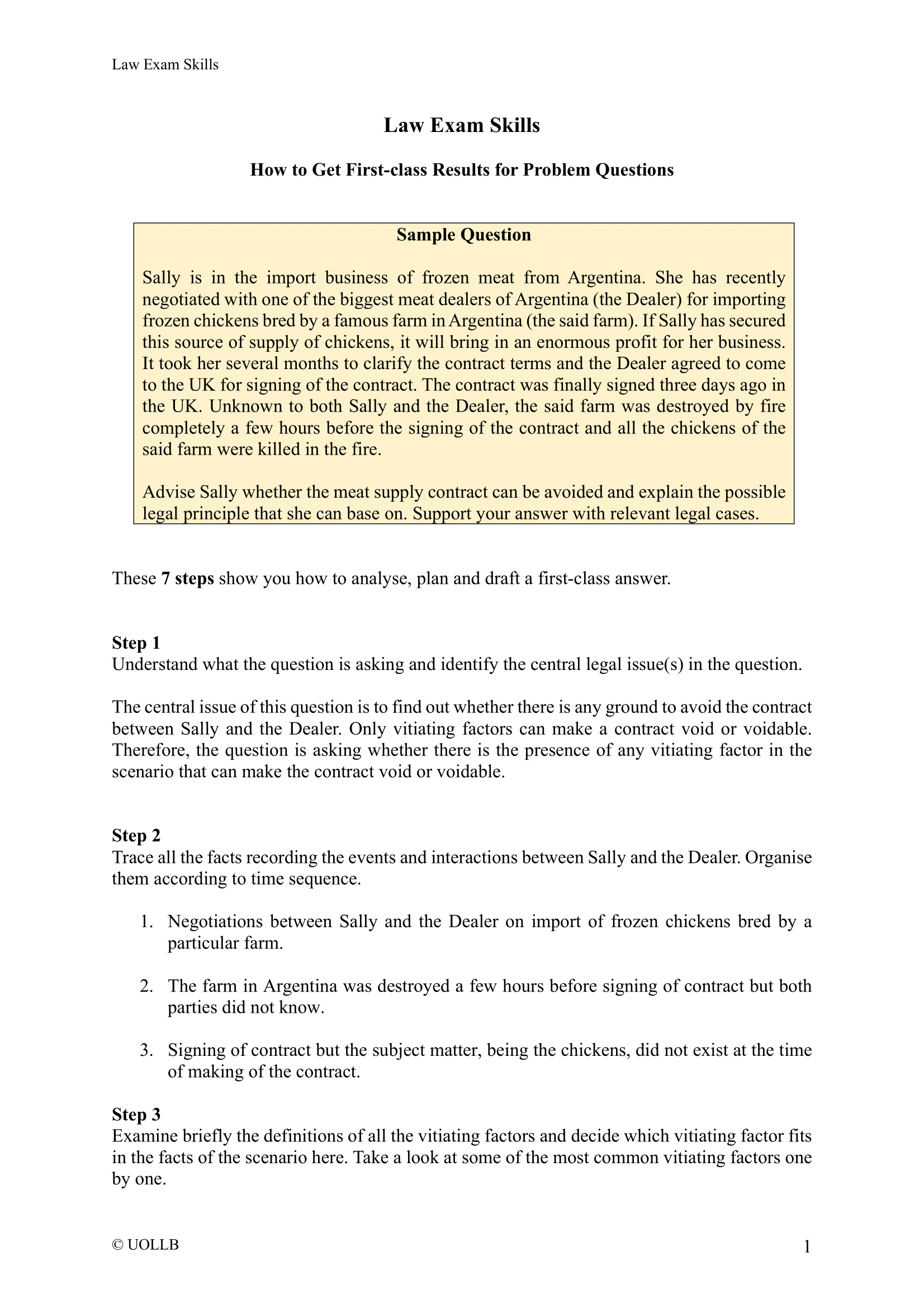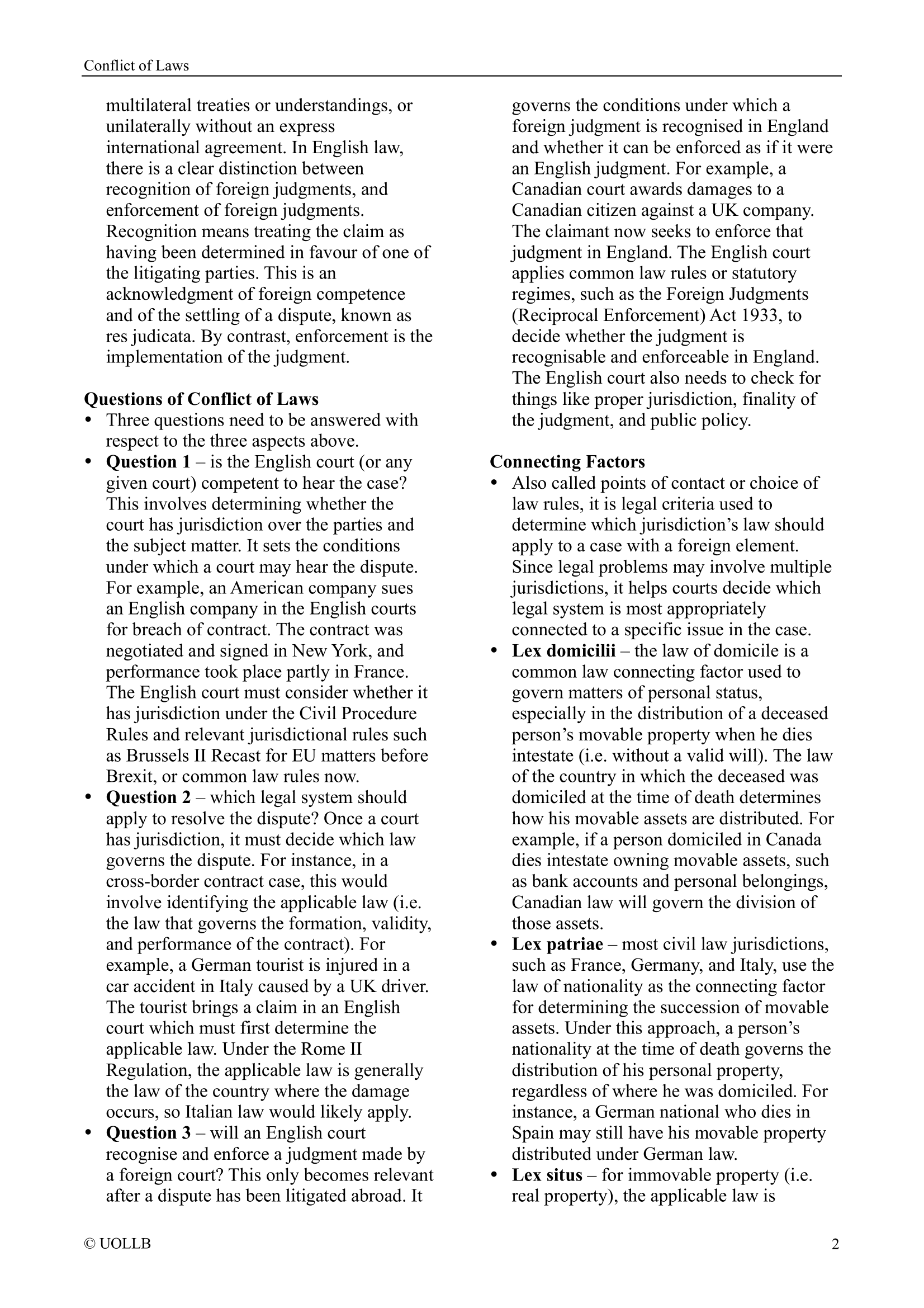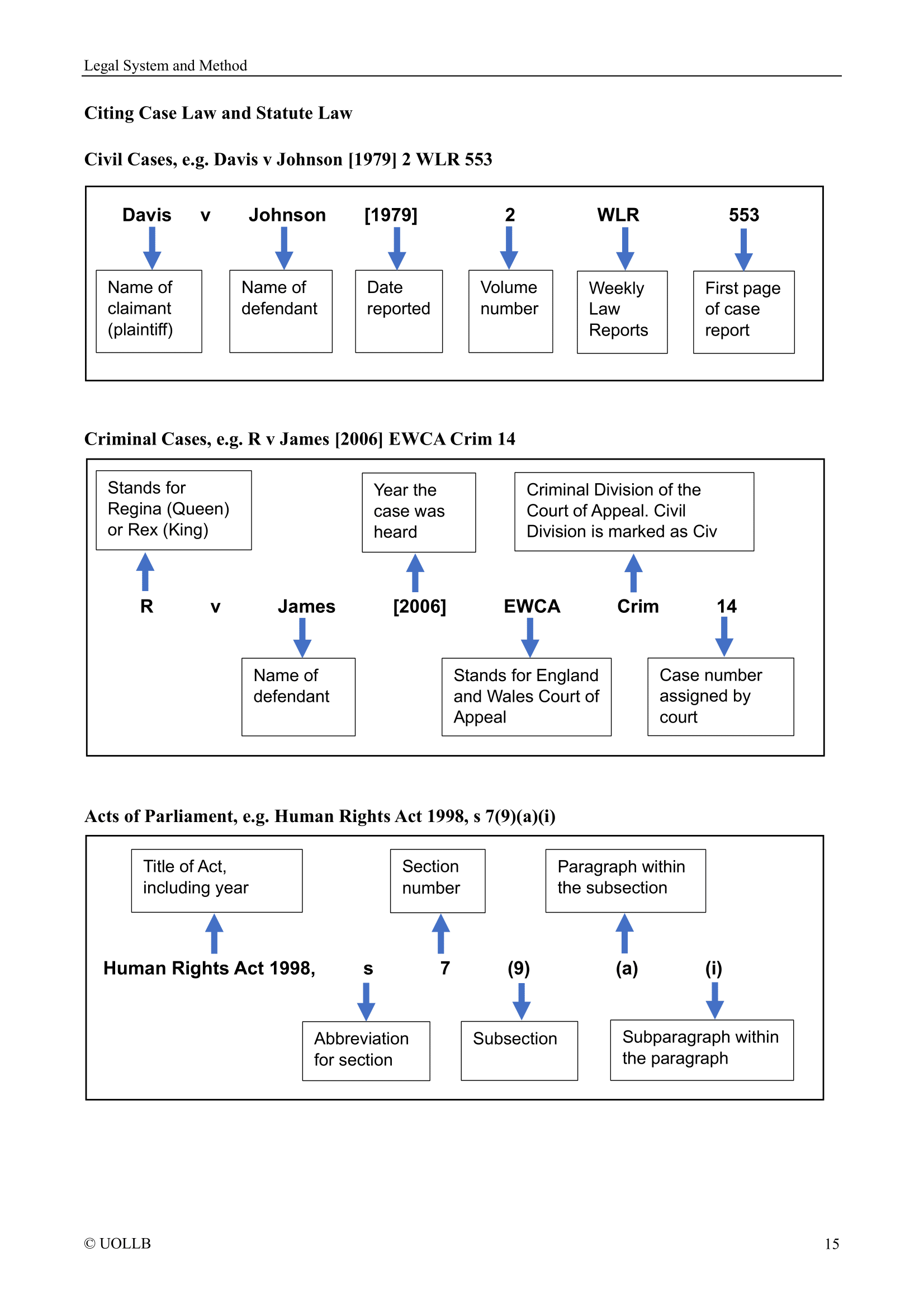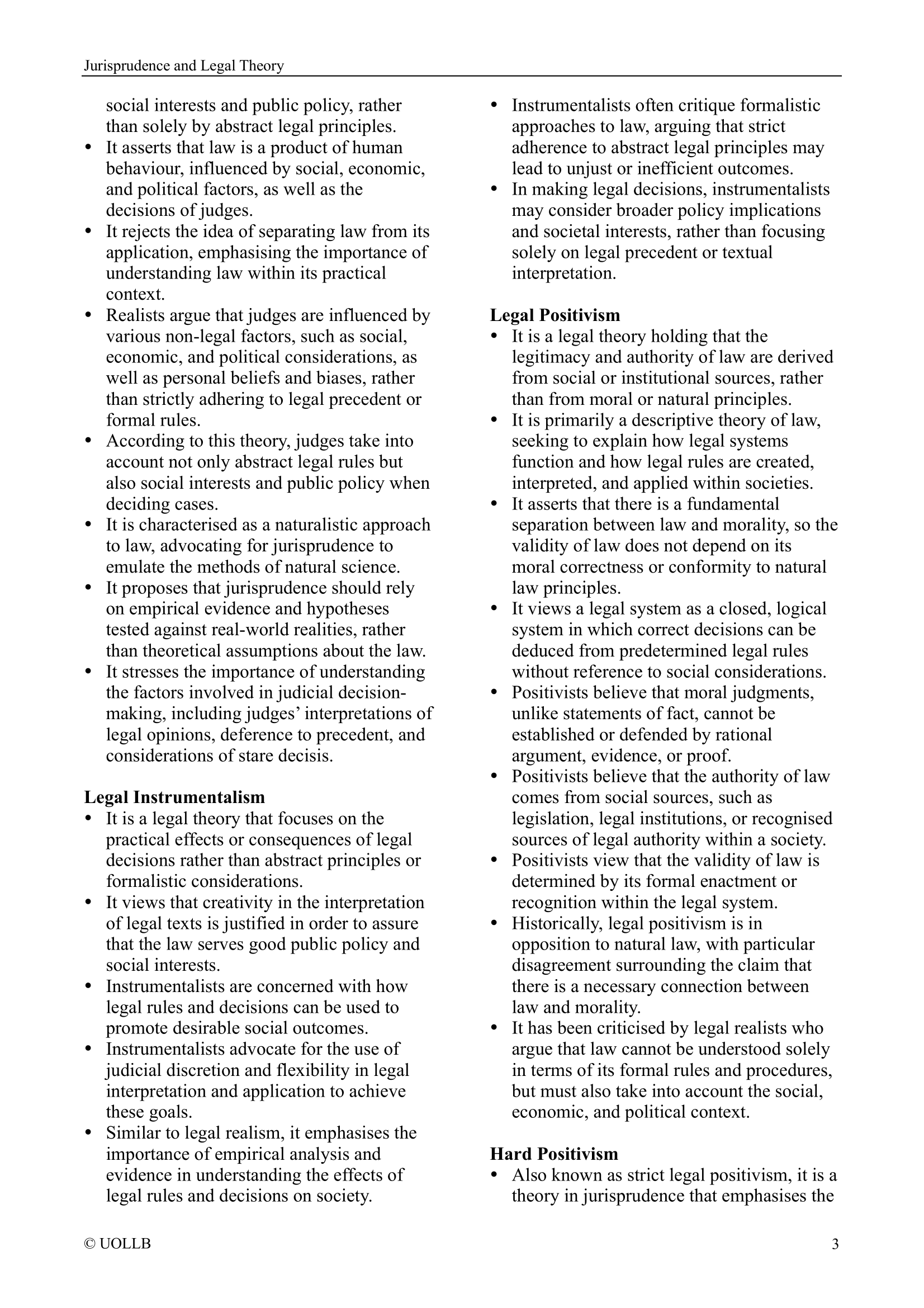Why Common Law Is Becoming Increasingly Complicated
Share
The common law system, long celebrated for its adaptability and depth, is facing a growing challenge: increasing complexity. As legal systems evolve to address the demands of modern society, the common law has become more intricate and difficult to navigate. This complexity is not incidental but arises from the very features that once made the system efficient, including its reliance on precedent, its responsiveness to new developments, and its capacity to absorb a wide range of legal influences. As a result, while common law remains a cornerstone of many legal systems, it is becoming progressively harder to understand, apply, and predict.
One major reason for this growing complexity is the sheer accumulation of case law over time. The common law develops incrementally through judicial decisions, with courts relying on past judgments to resolve present disputes. While this system fosters consistency and predictability, it also leads to a vast and ever-expanding body of precedent. Each new case may slightly refine or distinguish earlier rulings, adding another layer to the existing legal fabric. Over decades, and in some cases centuries, this can result in dense networks of doctrine that are challenging for both lawyers and judges to untangle. The task of identifying the leading authority on a given issue often involves parsing through a series of nuanced decisions that may point in different directions.
A further source of complication is the interaction between common law and statute law. In the modern era, legislatures frequently intervene in areas traditionally governed by judge-made law, such as contract, tort, and property. This creates a hybrid legal environment in which courts must interpret statutes alongside existing common law principles. Determining how statutory rules modify, replace, or coexist with common law doctrines is often a complex interpretive exercise. For example, in areas such as employment law or consumer protection, the overlap between detailed legislative codes and long-standing common law principles often leads to uncertainty and doctrinal tension. The courts’ task is not only to interpret legislative texts but to do so in a way that respects the integrity of the common law, which can be a delicate and difficult balance.
In addition, the globalisation of legal discourse has introduced a new layer of complexity into common law reasoning. Courts in one jurisdiction now routinely look to decisions in others for guidance, particularly among countries with shared common law traditions such as the United Kingdom, Canada, Australia, and New Zealand. Moreover, international human rights norms and supranational legal instruments, such as the European Convention on Human Rights, have begun to influence domestic legal reasoning in profound ways. While comparative and international perspectives can enrich the common law, they also multiply the number of potential authorities courts must consider and raise challenging questions about which influences should be regarded as persuasive and which should not. This global conversation, while intellectually valuable, can obscure rather than clarify domestic legal doctrine.
Another contributing factor is the increasing doctrinal sophistication of modern case law. As courts respond to new social, technological, and economic conditions, they often create elaborate legal tests and categories to address novel problems. The development of the law of negligence, for instance, has evolved from a relatively straightforward duty of care analysis into a highly technical field with multiple layers of control mechanisms, exceptions, and policy considerations. Similarly, doctrines in equity, such as constructive trusts or proprietary estoppel, have become so fact-sensitive and conceptually dense that they defy easy explanation. These developments reflect the courts’ efforts to do justice in complex factual contexts, but they also make the law more difficult to learn, apply, and teach.
The cautious and incremental nature of judicial decision-making further compounds this complexity. Because common law courts traditionally avoid sweeping reforms, preferring to make small adjustments based on the facts before them, they often produce judgments that clarify one narrow issue while leaving broader questions unresolved. This piecemeal approach can result in a fragmented legal landscape, where seemingly minor distinctions between cases take on disproportionate importance. Over time, this leads to a system where legal outcomes may hinge on subtle factual variations or technical doctrinal nuances that are difficult for non-specialists to grasp.
Finally, the professionalisation and specialisation of legal practice has contributed to the inaccessibility of common law. As different fields of law grow more complex, lawyers tend to specialise in ever-narrower areas of expertise. This specialisation leads to greater technical knowledge but also fragments the legal profession and makes it harder for general practitioners, or members of the public, to engage with the law in a meaningful way. In many areas, understanding the current state of the law requires not only knowledge of hundreds of cases but also familiarity with statutes, secondary legislation, international instruments, and academic commentary.
In conclusion, the increasing complexity of the common law is a byproduct of its strengths: its capacity to evolve, its responsiveness to legislative and international influences, and its deep commitment to precedent. However, this complexity also poses challenges for accessibility, coherence, and legal certainty. As the common law continues to grow in both substance and scope, there is a pressing need to consider how the system might be streamlined, clarified, or supported, through restatements, codification, or improved legal education, so that it remains a functional and intelligible tool for justice in the twenty-first century.
